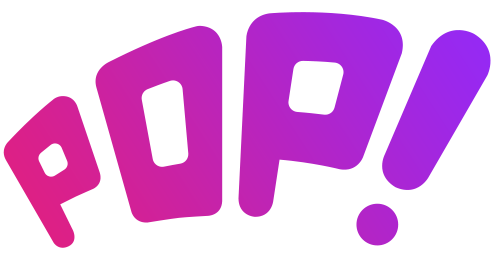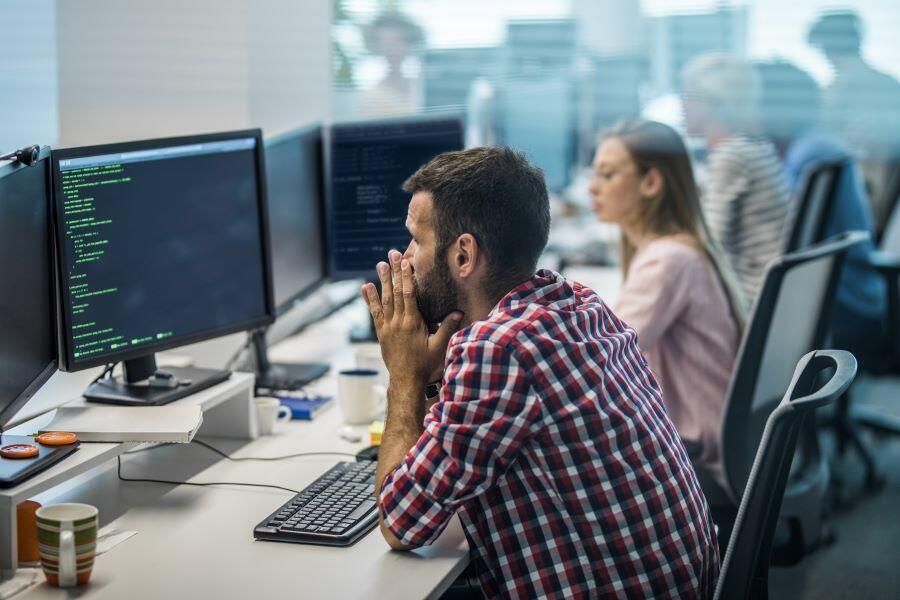Art of Coding In the vast landscape of technology, programming stands as a gateway to the realm of infinite possibilities. It is the art of crafting intricate instructions, In the vast landscape of technology, programming stands as a gateway to the realm of infinite possibilities. It is the art of crafting intricate instructions, weaving lines of code that breathe life into digital systems, applications, and software. Within this realm, the art of coding and programming intertwines. Empowering individuals to shape the future, fuel innovation, and unlock the true potential of technology.
The Essence of Programming: A Language of Machines
Programming, at its core, is the process of instructing machines to perform specific tasks. It provides a means of communication between humans and computers, enabling us to express our ideas, solve complex problems, and transform concepts into functional software solutions. Through a combination of logic, creativity, and problem-solving. Programmers write code that guides machines to execute desired actions and produce desired outcomes.
The Art of Coding: Building Blocks of Programming
At the heart of programming lies the art of coding. Coding is the act of writing human-readable instructions in a programming language, enabling programmers to communicate with computers. It involves selecting the right programming language, understanding its syntax and structure, and utilizing various coding techniques and algorithms to construct functional programs. Coding acts as the building blocks that shape the world of programming, transforming abstract concepts into tangible software solutions.
Programming Paradigms: Embracing Diverse Approaches
Programming encompasses a multitude of paradigms, each offering a unique approach to problem-solving and software development. From procedural programming, where a program is structured around a sequence of steps, to object-oriented programming, where programs are built around objects and their interactions, the choice of programming paradigm depends on the specific requirements and nature of the project. Functional programming, event-driven programming, and many other paradigms further enrich the programming landscape, providing developers with versatile tools to tackle diverse challenges.
Problem-Solving: The Core Tenet of Programming
At the heart of programming lies the art of problem-solving. Programmers analyze complex problems, break them down into smaller, manageable components, and design logical algorithms to solve them. The ability to think critically, identify patterns, and devise efficient solutions is a hallmark of skilled programmers. Problem-solving skills, combined with a deep understanding of programming principles, enable programmers to tackle challenges head-on and develop elegant and robust solutions.
Programming Languages: A Multiverse of Possibilities
Programming languages serve as vehicles for expressing ideas and instructions to computers. They come in a wide variety, each tailored to different purposes and domains. From general-purpose languages like Java and Python to domain-specific languages designed for specific industries or applications, the choice of programming language depends on factors such as project requirements, performance considerations, and developer preferences. Embracing the right programming language empowers programmers to bring their ideas to life with precision and efficiency.
Continuous Learning and Adaptation
In the world of programming, learning is a lifelong journey. Technologies evolve, programming languages evolve, and new paradigms emerge. Successful programmers embrace a growth mindset, constantly updating their knowledge and skills to stay at the forefront of the field. They delve into documentation, engage in online communities, attend conferences, and explore new technologies. Ensuring they are equipped to adapt to the ever-changing technological landscape.
Collaboration and Community
Programming is not a solitary pursuit. Collaboration and community play a vital role in the growth and development of programmers. Online forums, coding communities, and collaborative platforms provide avenues for programmers to seek guidance, share knowledge, and collaborate on projects. Peer code reviews, pair programming, and open-source contributions foster a culture of collective learning and drive innovation within the programming community.
Conclusion
Programming stands as a gateway to the digital realm, where ideas are transformed into reality and innovation thrives. Through the art of coding and programming, we unlock the potential of technology, solve complex problems, and shape the future. Aspiring programmers and seasoned professionals alike embark on a journey of continuous learning, adaptation, and collaboration, driven by a shared passion for the art and science of programming. So, let us embrace the power of programming, for it is through its mastery that we unravel the infinite possibilities that lie ahead.

